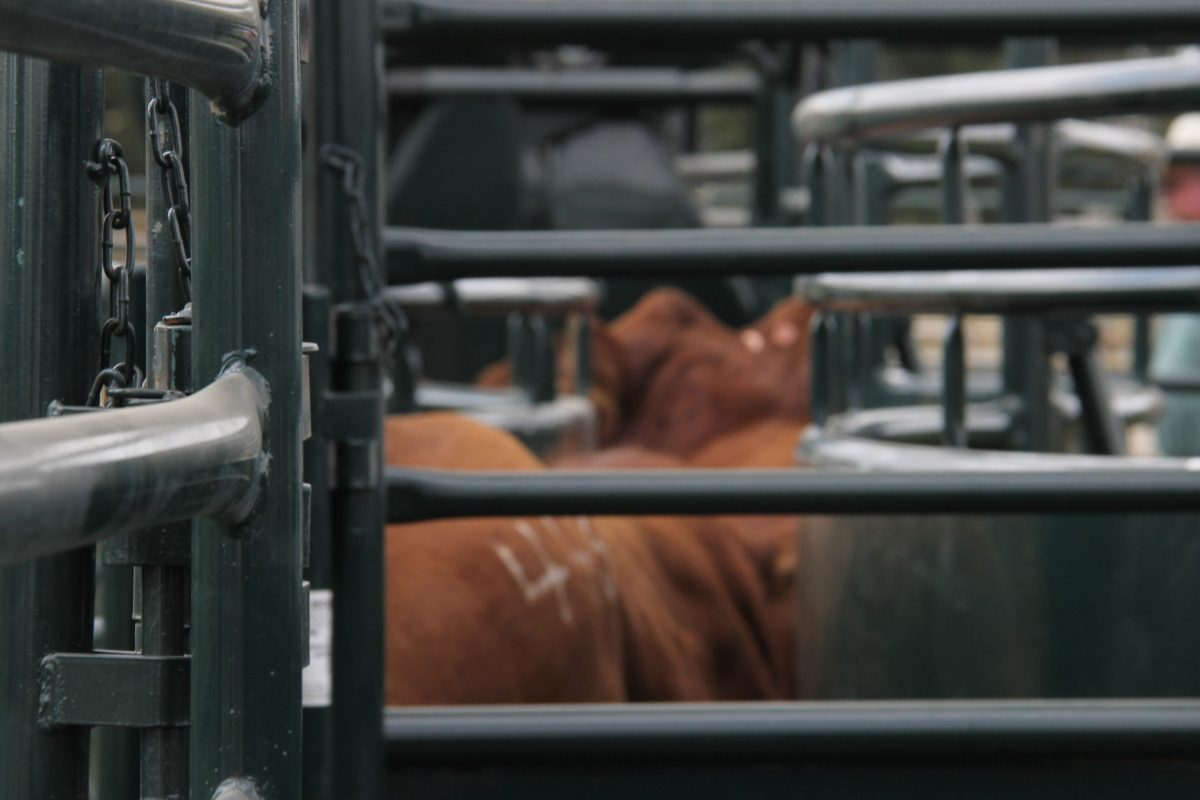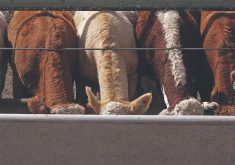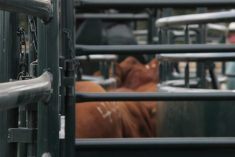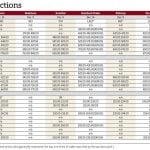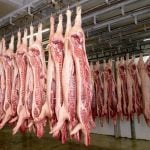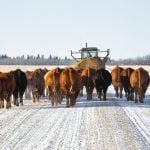Chicago | Reuters – Chicago Mercantile Exchange live cattle and feeder cattle futures took a breather on Thursday after falling hard recently on concerns over President Donald Trump’s push to lower U.S. beef prices, traders said.
Ranchers continued to oppose Trump’s plan to boost the country’s imports of Argentine beef to reduce U.S. prices and they remained on edge about risks for the president to make further comments that could rattle the markets.
Already, speculative funds have liquidated long positions after Trump said in recent weeks that beef prices were too high, traders said.
Read Also
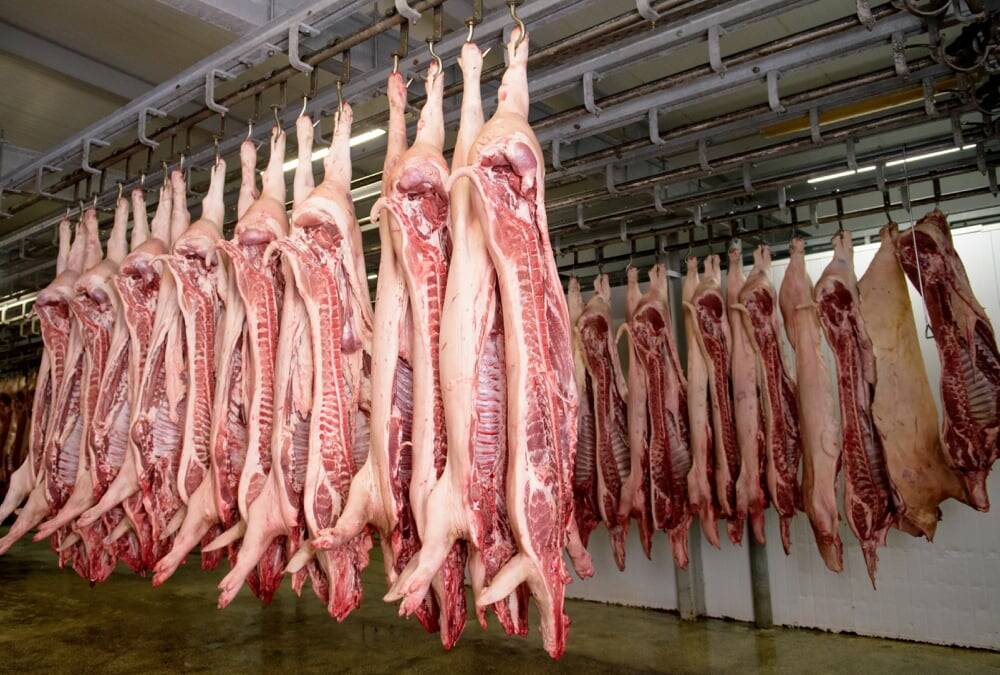
Relief as new China ruling lowers EU pork tariffs
China on Tuesday sharply reduced tariffs on European Union pork imports worth over $2 billion in the final ruling of an anti-dumping investigation seen as a response to the bloc’s duties on Chinese electric vehicles.
CME December live cattle futures LCZ25 rose 0.2 cent to close at 231.100 cents per pound, while November feeder cattle FCX25 slipped 0.25 cent to end at 341.825 cents per pound.
The contracts rebounded on Wednesday after sliding earlier this week to their lowest levels since August 4.
U.S. cattle supplies remain low after ranchers reduced their herds because of a years-long drought that burned up pasture lands used for grazing and raised feeding costs.
Trump’s administration further tightened U.S. supplies this year by blocking cattle imports from Mexico to keep out the flesh-eating parasite New World screwworm.
On Wednesday, Mexican Agriculture Minister Julio Berdegue said Mexico and the U.S. had not yet set a date to resume Mexican cattle exports.
It is necessary for Washington to keep its ban in place for now, said Bill Bullard, CEO of cattle producers’ group R-CALF USA.
“Mexico first has to demonstrate that they’ve eliminated this pest from within their borders,” he said.
In the hog market, CME December lean hog futures LHZ25 edged up 0.05 cent at 80.825 cents per pound. The contract earlier hit its lowest level since July 30.
Declining cash prices have weighed on futures, a broker said.
Average hog weights in areas including Iowa, southern Minnesota and South Dakota rose to 291.2 pounds in the week that ended on October 25, according to the U.S. Department of Agriculture. That was up from 290.1 pounds a week earlier and 286 pounds a year ago.

